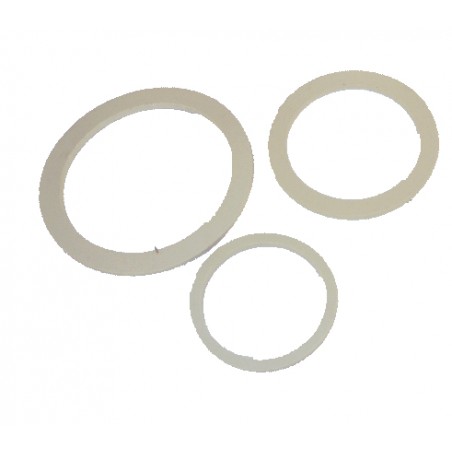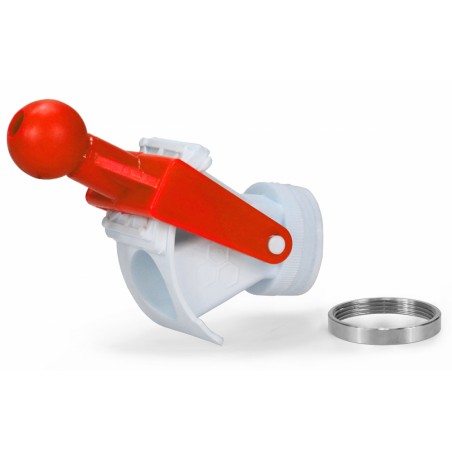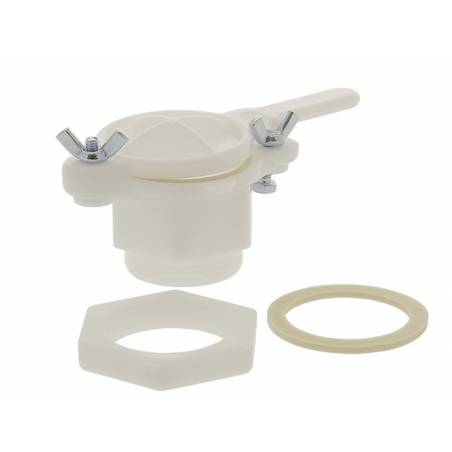




Quick and secure closure for Tri-Clamp connections in honey processing. Made of AISI 304 stainless steel, easy to use and clean.
When you are in the honey room with the pump already primed and the hoses ready, you know that a leak at the wrong time can ruin your day. That’s where a good Clamp (Tri-Clamp) makes the difference: quick closure, tight seal and easy to clean, designed for food use without complications.
The Clamp system joins two sanitary ferrules with uniform pressure on the gasket (silicone or EPDM), thanks to its hinge and wing nut. It closes and opens in seconds, even with gloves, and facilitates CIP cleaning because it can be disassembled without tools. In practice: fewer drips, less honey loss and a more hygienic transfer circuit.
How to choose the size: available in DN40 and DN50. In beekeeping installations, DN40 usually corresponds to the 1.5" Tri-Clamp standard (ferrule outer diameter ≈ 50.5 mm) and DN50 to the 2" Tri-Clamp (≈ 64 mm). If in doubt, measure the outer diameter of your ferrules: • ≈50.5 mm → DN40 • ≈64 mm → DN50.
Details that make a difference: • Stainless steel AISI 304, food-grade and corrosion-resistant • Wing nut for fine adjustment • Stable closure that withstands pump vibrations and transfer lines • Quick disassembly for inspection and cleaning without hidden honey or wax residues.
Beekeeper’s note: a good Clamp performs as well as the gasket allows; always check its condition to maintain sealing. It does not replace threaded connections in long-term high-pressure circuits: here the priority is safety, hygiene and ease of maintenance.
Technical specifications: sanitary Clamp (Tri-Clamp), AISI 304 stainless steel, hinged closure with wing nut, compatible with silicone or EPDM gaskets and standard sanitary ferrules. Versions: DN40 (≈ Tri-Clamp 1.5") and DN50 (≈ Tri-Clamp 2"). Sold individually. Gaskets and ferrules sold separately.

Quick and secure closure for Tri-Clamp connections in honey processing. Made of AISI 304 stainless steel, easy to use and clean.
check_circle
check_circle




